Cultivator for beds, types of units, functions, prices, review of popular models
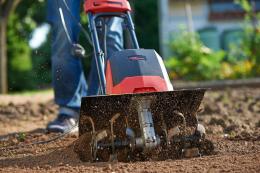
The closer spring is, the more attention gardeners pay to garden tools; a cultivator for garden beds occupies a special place among them.
Depending on the characteristic features of the structure and operation, cultivators may differ, but they are united by the same high demand among summer residents.
Content:
- What is a cultivator for beds?
- Purpose
- Types of cultivators for the garden
- How to buy a mini cultivator, selection criteria
- Review of popular electric cultivators
- Motor cultivators with gasoline engine
- A hand cultivator is the best solution for a small area
What is a cultivator for beds?
This name refers to a device for soil care. Many still remember the huge machines that are used in large fields, but nowadays, there are compact models for home use.
The operation of the device is extremely simple; even an inexperienced gardener can operate it; it consists of:
- Frame and control handle, which extends;
- Steel beams;
- One to three wheels;
- Rotor, which allows the use of various cutters;
- Attachments;
- Direct cultivating device;
- Engine (depending on the type, available as electric or gasoline);
- Tank for refueling if the device runs on gasoline.
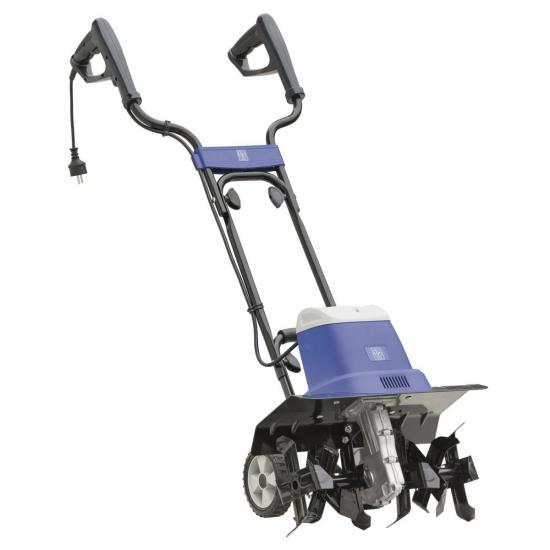
Most models have long moved away from the massive size of their industrial namesakes and are quite easy to handle.
The latter is especially true in greenhouse conditions, where there is not much free space.
Purpose
Tillage cannot be just one activity; it is a complex process.
And a cultivator that performs the following functions can help with this:
- Loosening the top soil layer;
- Removal of weeds;
- Formation of smooth, parallel beds;
- Leveling the soil at the end of planting seeds.
Considering that this tool combines the advantages of ordinary garden shovels and rakes, you won’t have to carry them around several times.
This will save a lot of time. A large number of cutters designed for loosening, plowing and hilling will not only simplify the work, but also make the soil more breathable and fluffy, ready for planting.
Types of cultivators for the garden
Depending on weight, control and other indicators, devices are divided into types.
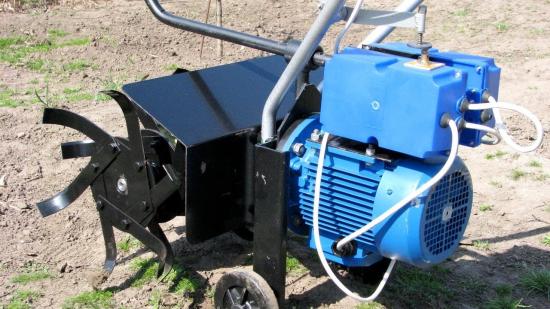
The most common classification is by weight.
| Super light | They are distinguished by low power, which does not exceed 3 l / s, and the same low weight from 15 kg to 20 kg. Perfect for sowing and planting in a summer cottage, since such work does not require deep loosening. At the same time, the width of the area that is processed with one pass of the tool does not exceed 30 cm. The latter makes super-light models especially suitable for working in hard-to-reach edges of the area; |
| Lungs | The power of this class is 4.5 l/s, and the weight does not exceed 40 kg. The basic package includes a hiller. The loosening depth of the light aggregate is 18 cm; they perform especially well on soft soils; |
| Average | Power does not exceed 6 l/s, weight starts from 45 kg and ends at 60 kg. This option will be useful in large areas, due to the equipment with special cutters, the plowing depth increases to 28 cm. At the same time, the width of the soil processed in one pass ranges from 40 to 85 cm. The main feature of the device is mechanical wheels, which significantly increase the traction force of the device . It is important to consider that even great weight and power will not become an obstacle to plowing small areas. The latter is due to reverse gear. The basic package includes a plow and hiller; |
| Heavy | Power exceeds 6 l/s, weight exceeds 60 kg. As a result of increased power and weight, fuel consumption increases. It is recommended to use these mechanisms only on large areas or those soils that have not been plowed for many years. The package includes additional attachments for watering, weeding and processing beds, and cutting grass. |
Depending on the size of the area that will be processed, the effectiveness of the aggregates will also differ.
Thus, light ones on large areas will bring as little results as heavy ones on small ones.
How to buy a mini cultivator, selection criteria
Among modern companies producing these units, choosing the right one is not always easy. The leading companies in the market are currently considered to be: “Texas”, “Elitech”, “Champion”, “DDE”.
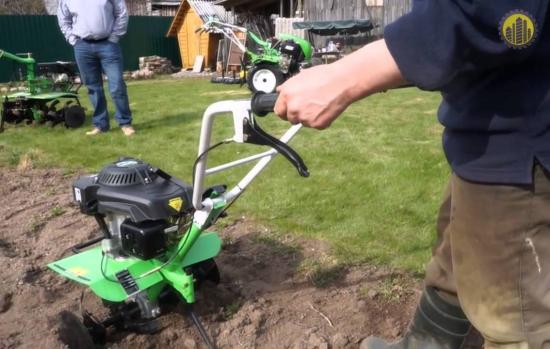
You shouldn’t buy the first motor cultivator you come across, as you may or may not be lucky.
It is recommended to approach the choice thoroughly and pay attention to some nuances:
- First of all, decide what areas you need a mechanism to process, what fuel consumption will be optimal and what power is required.For long-term work or processing small areas, low-power devices are suitable; in this case, large machines will be unprofitable and inconvenient to use. For large areas, it is recommended to pay special attention to powerful units, but for summer cottages, lighter and simpler mechanisms are suitable;
- You shouldn’t focus on cheap mechanisms; you won’t be able to save money with them. Low cost often corresponds to low quality. Think about it - do you want to overpay for repairs or a new device? It is recommended to pay attention to well-known brands that guarantee the quality of the goods produced;
- Be sure to take into account the efficiency of the mechanism and possible energy costs, so you can determine the level of performance. To calculate, you need to multiply the efficiency by the area of the site where it is planned to cultivate the soil and working hours. Among other things, performance depends on the total power of the device and its ratio to the area. It is so important to take into account that the performance of a powerful mechanism in a small area drops significantly with increasing energy costs;
- Decide what functions the motor cultivator should perform. Thus, there are units designed for continuous tillage of the soil, making it possible to simultaneously plant and harrow the soil. For simultaneous loosening and leveling of the soil surface, a pre-sowing model is suitable and a completely different mechanism will help simultaneously process and enrich the soil with useful substances;
- Make sure that it is convenient to work with the unit, which is important. Thus, working with an incomprehensible and inconvenient mechanism will complicate soil processing and cause considerable stress.When assessing, it is important first of all to pay attention to the surface of the handles and it is better if it is a little rough. Such handles will not slip out of your hands. In addition, pay attention to the weight of the unit, check whether the components work: is it easy to remove the hinged structures, are there any noticeable manufacturing defects that could make work difficult.
When purchasing, it is important to test the mechanism according to its parameters and functions, to make sure that everything in the mechanism suits you and that it really fits.
This approach will help avoid a lot of unpleasant discoveries after the purchase.
Let's watch a video on how to choose a cultivator for garden beds:
Review of popular electric cultivators
Electric cultivators They are quite easy to use, the only nuance that should be taken into account is that only those areas that are within the length of the cord can be processed.
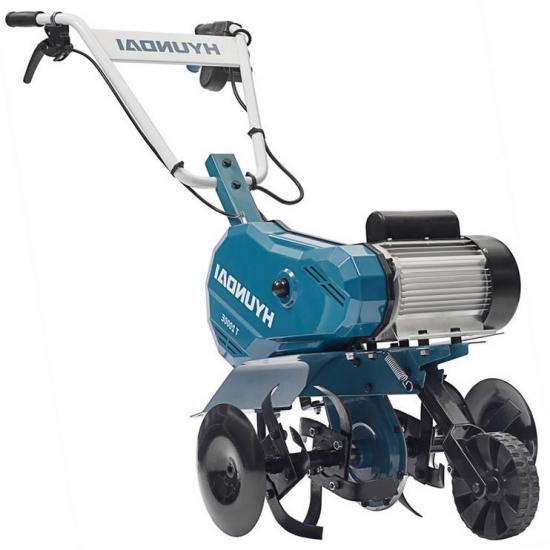
Often used in small areas, the most popular models include the units indicated in the table.
| Hyundai T 2000E | It is a lightweight model, weighing 29.6 kg, like many other representatives of electric mechanisms. The company has established itself in the production of mechanisms for a long time and firmly holds a leading position in all respects. It tills the soil to a depth of 25 cm, covering an area 55 cm wide in one pass. The basic package includes four milling cutters with direct rotation. Engine power is 2 kW / 2.72 hp, chain gearbox; | The price ranges from 15,900 to 19,900 rubles. |
| DDE ET1200-40 | The weight of the mechanism is 12 kg. The average processing depth is 22 cm, the width of the captured area is 40 cm. The basic package includes four cutters with direct rotation.The motor power is 1.20 kW / 1.63 hp, worm gearbox. | The cost of the device ranges from 6,000 to 8,300 rubles. |
| Daewoo Power Products DAT 1800E | Weighs 13.3 kg. The treatment is carried out to a depth of 23 cm, covering an area 40 cm wide in one pass. The number of cutters in the basic configuration is six with a rotation speed of 140 rpm. 1.75 kW / 2.38 hp motor, gear reducer | The cost starts from 8,900 rubles and reaches 9,990 rubles |
| ELITECH KB 4E | The weight of this model is 32 kg. It processes soil to a depth of 15 cm and covers a width of 45 cm. The device comes with four cutters with a diameter of 260 cm. The engine power is 2 kW / 2.72 hp, chain gearbox. | The price varies from 13,000 to 17,000 rubles. |
The presented models have earned a lot of positive user reviews and are deservedly popular.
Differing in characteristics, they are equally well suited for working on sites and do not cause trouble to the owners.
Learn more about the operation of the electric cultivator in the video:
Motor cultivators with gasoline engine
The modern market does not suffer from a shortage of gasoline-powered motor cultivators.
However, even among this variety, models stand out that differ in build quality and ease of use from others.
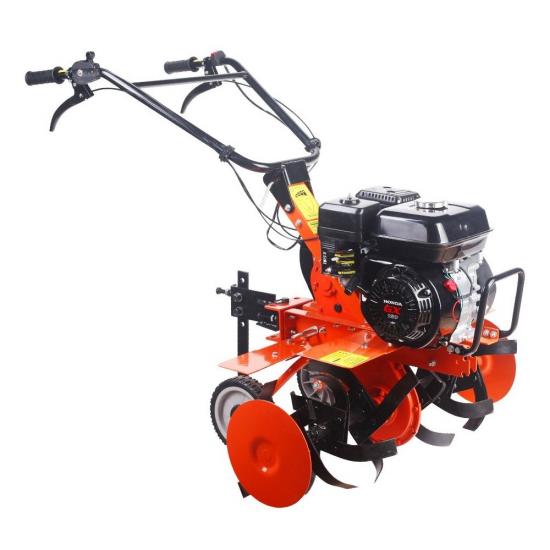
These models include units from well-known manufacturers.
| Husqwarna | A budget option with high quality work, it works especially well when it is necessary to regulate the depth of tillage. An excellent option for cultivating soil over large areas; |
| Huter | The company has been on the market for many years and has been holding the attention of consumers for a long time. The quality of work allows Huter to maintain a leading position in sales. The company produces light and medium-class models, with the GMC 7.0 occupying a special place among the light ones. Thanks to its wide functionality, the MTD model has also become famous, due to its wide range. So this model is sold in different configurations, but it always pleasantly surprises with its low cost. The company's devices, in addition to good price and quality, are distinguished by relatively low fuel consumption during operation; |
| Patriot | Ideal, in terms of cost and power, unit for small and medium-sized areas. The Patriot T 6.5/600 FB stands out among other models, which is characterized by high performance and low fuel consumption. |
These companies have gained fame due to their solid price-quality assembly of mechanisms and work directly on site.
Manual cultivator - the optimal solution for a small area
If mechanized devices hit your pocket too hard, don’t worry, there is still a manual option.
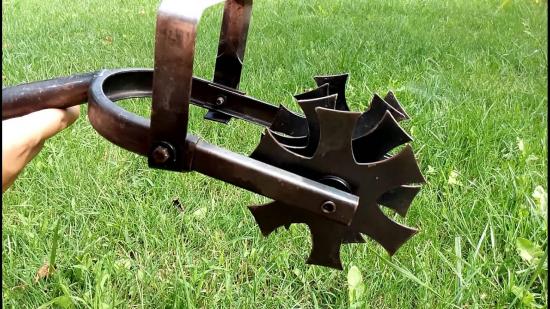
If you have a small area, this is generally the best choice, since only this design will help you reach places that are inaccessible to mechanized units.
For alpine hills and beds near fences, this is the only suitable unit.
There are two types of hand cultivators:
- Star - represented by a shaft on which star-shaped disks are mounted. During operation, these discs burrow into the soil and, scrolling, fluff up the soil, pulling out weeds. Suitable for hilling potato beds, working on flower beds and lawns. However, it is important to consider that working with these models will not bring significant results on hard and dense soils;
- Ripper - the design consists of long sharp teeth that are attached to long handles.The loosening process is based on the penetration of teeth into the soil, which turn out the soil and thus fluff up the beds or remove weeds.
Both devices perform their functions without blemishes, however, for full tillage It wouldn't hurt to buy both. Unlike mechanized devices, these do not cost that much.
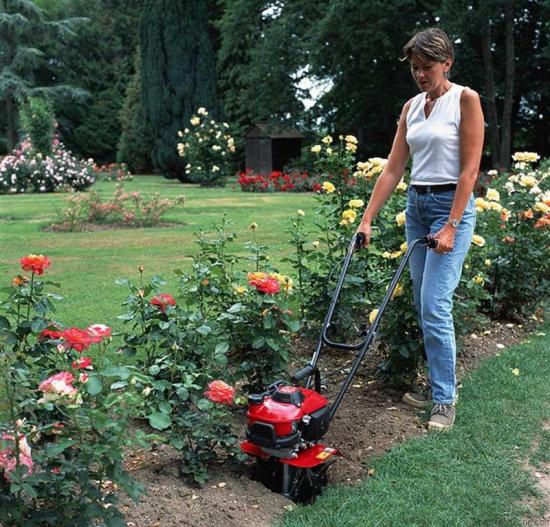
In addition, manual units do not need to be recharged or refueled, which means you will not have to calculate additional expenses each time you use them.
Spring tillage consists of a number of procedures: from plowing and loosening to leveling the soil.
In order for this process to proceed as quickly and without problems as possible, cultivators have been developed that differ in price, weight and structure.

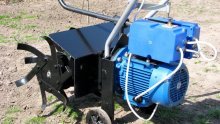
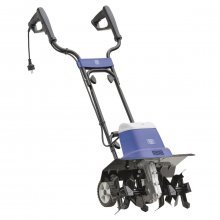

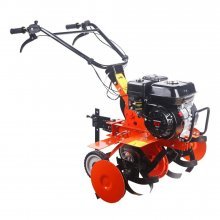
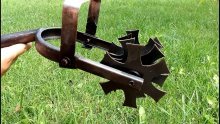
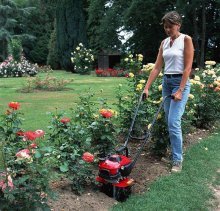
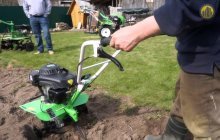

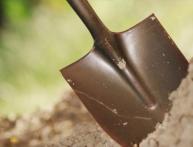

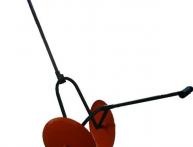
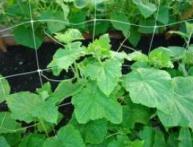
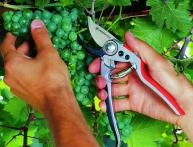
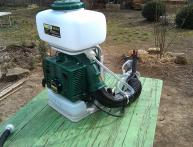
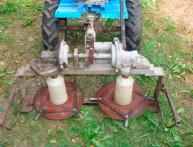
Comments
A cultivator for a personal plot is a very necessary mechanism that will significantly facilitate the work of gardeners. If the area is small, then it will be quite enough to purchase a manual ripper.